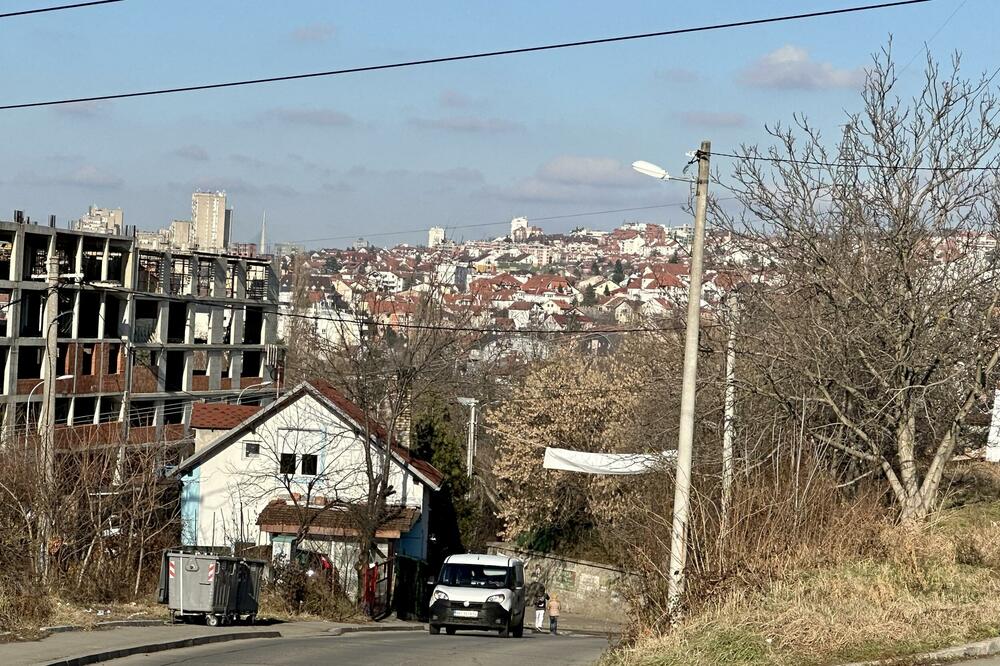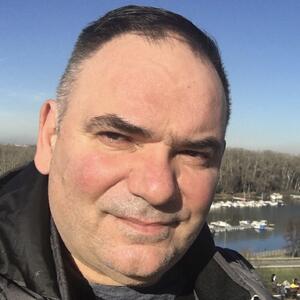Sometimes your feet take you where they want. The January sun lured me outside that morning. I decided to cross the pedestrian bridge to Julina brdo behind the Tram Turnpike on Banovo brdo. It is a solitary settlement created at the end of the sixties of the last century, and the architectural team received the October Award of the City of Belgrade for it.
When I want to avoid heavy traffic on the last kilometer of Požeška, I go towards Žarkov via Julina brdo. It is possible that the concrete socialist paradise reminds me of a fortress in the center of which is the same era in which my childhood rests.
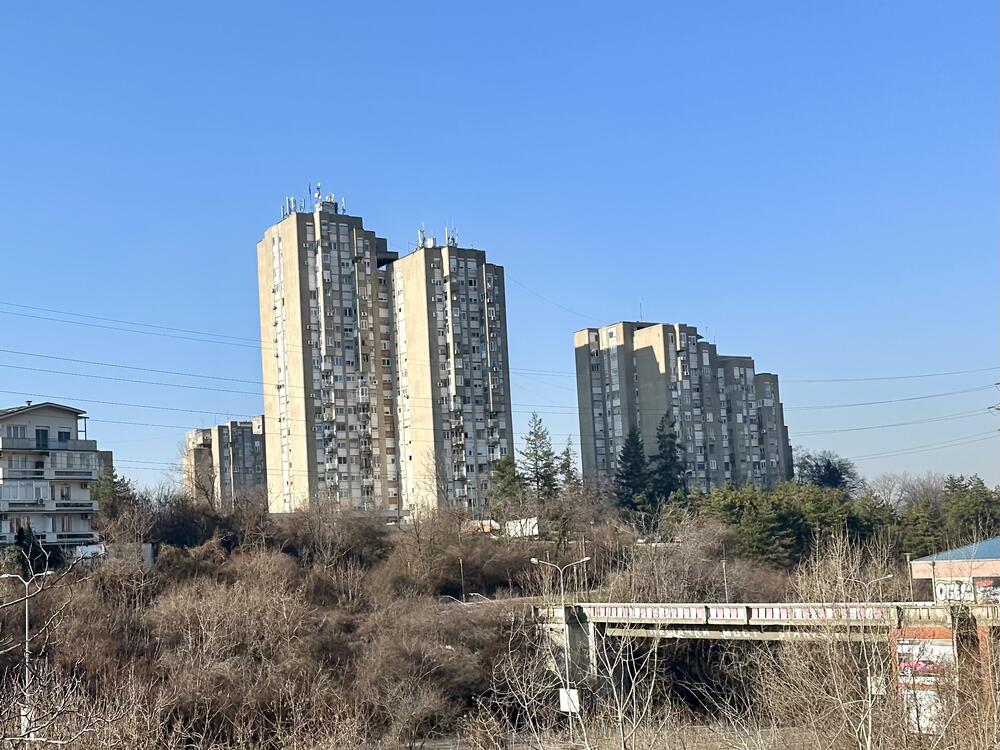
More beautiful than the settlement is the story of its name. During the Karađorđe uprising, Baba Jula experienced an Ottoman attack on the rebels on the hill. She set fire to the stumps and rolled them towards the attackers. That's how she helped the insurgents defend the hill, and gave it her name. I imagine a night with rotating bonfires rolling down the slopes. If Tarkovsky had been born on Julina brdo, he would have recorded a memorable shot.
That way I can reach Vodovodska in ten minutes. That street goes down the slope dividing Julina brdo from Žarkovo.
Niz Vodovodska
There is something melancholy in the sight of a strip of asphalt that flows down like a stream, into Belgrade's Posavina to Makiški polje. The gaze searches for Sava, who cannot be seen, and wanders across the Srem plain, from which the mist rises all the way to the horizon. High above my head, a plane is flying in the sky - this is the corridor for descending to Surčin - and the company's insignia can be recognized on its tail.
There are few days when I have time to do whatever I want, and this is one of those days. I've always wanted to walk down the entire Vodovodsko. The street has a somewhat bizarre name, but down there in 1937, the first modern Belgrade waterworks was completed - the one seen in the action scenes of the series Otpisani.
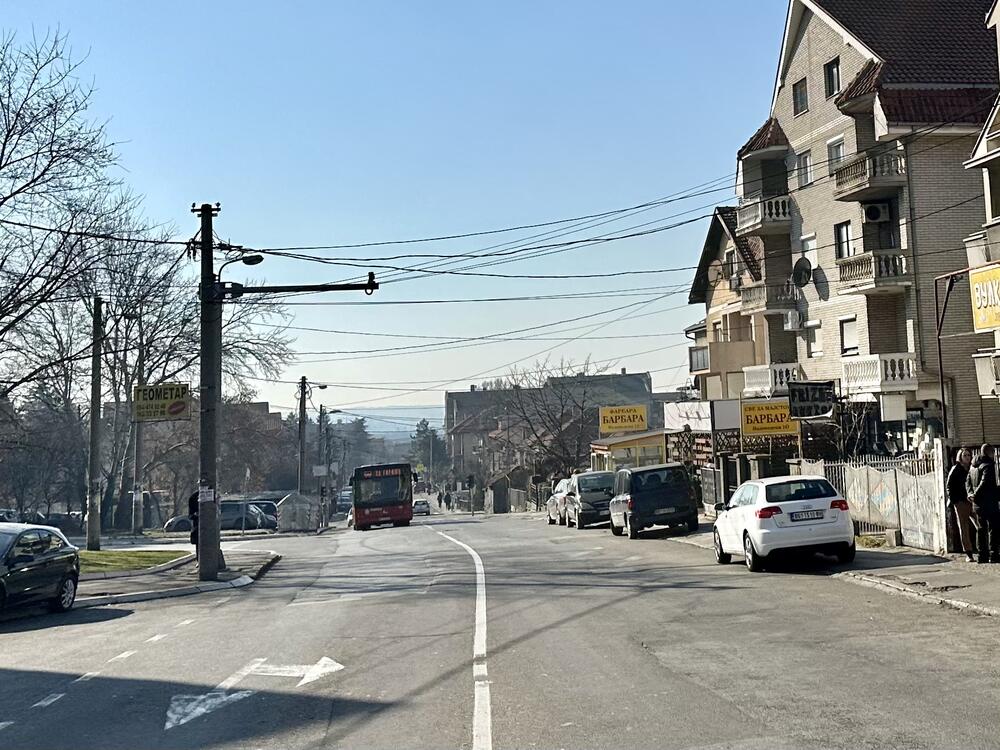
There are fewer and fewer buildings on the left and right. Private one-story houses. Power lines above the street. Sometimes a dog barks from the yard. Small shops and stores. This could be a street in Leskovac or Šabac, in Kuršumlija or Novi Sad.
The periphery smells of spray, of old people's leisure, of burnt rubber. Only the red Belgrade buses heading for Željeznik remind the walker that there is a city of two million people behind.
White water
I remember my wife telling me that her late sister lived in the area of Čukarica called Bele vode. She worked at JAT. The company bus came to pick her up every morning. Until they moved to New Belgrade. I walk down Vodovodska, wondering what Bele vode is like, a neighborhood with a nice name somewhere near the end of the street. On the corner of Odabašićeva and Vodovodska is the famous Čedić tavern.
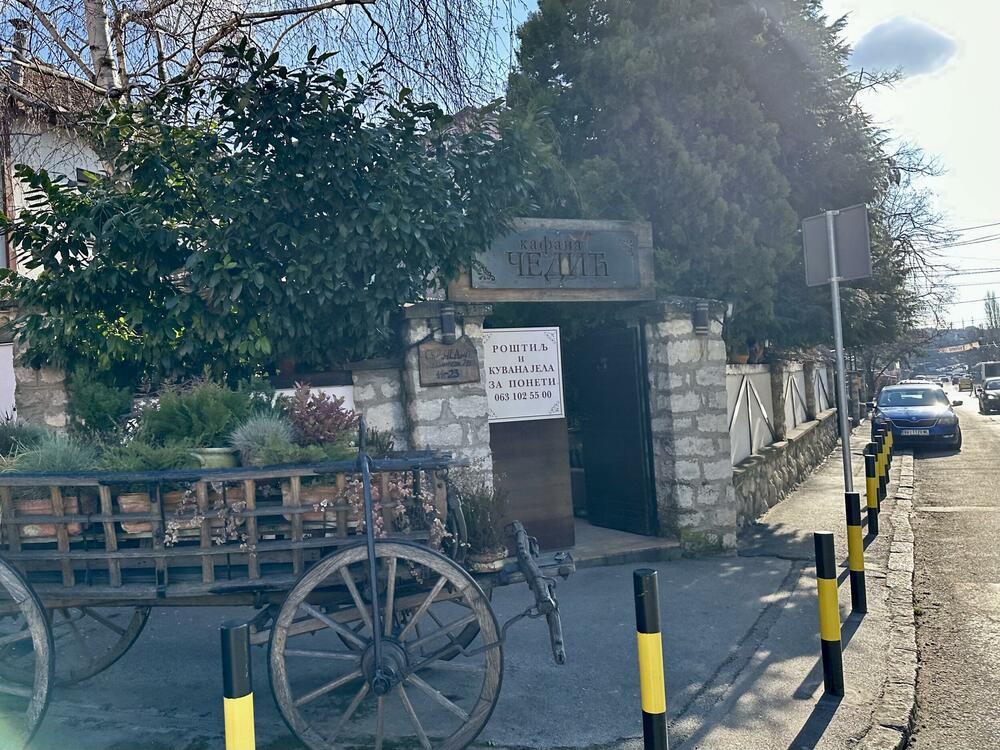
I remember once sitting there with my son, who is now 1500 kilometers away, or with a friend from Vračar - he is only a few hundred kilometers away, in Sarajevo. The memories that a friend shared with me in the pub include the fact that in the early eighties he lived with a girl somewhere at the bottom of Vodovodska. He told me that every morning he buzzed this way on his motorcycle towards the city. That's what all the residents of the periphery say - when they go to the center, they go to the city.
As the sun dazzles the landscape, that gilded periphery becomes a place where you can imagine countless lives well lived. You want to snatch them from oblivion, but you don't know where to start. Walking remains the remedy. Nietzsche said that he did not trust any thought that was not born in a movement.
The first sign that I had arrived in Bele vode was a sign on a tavern called that. Apparently it doesn't work anymore.
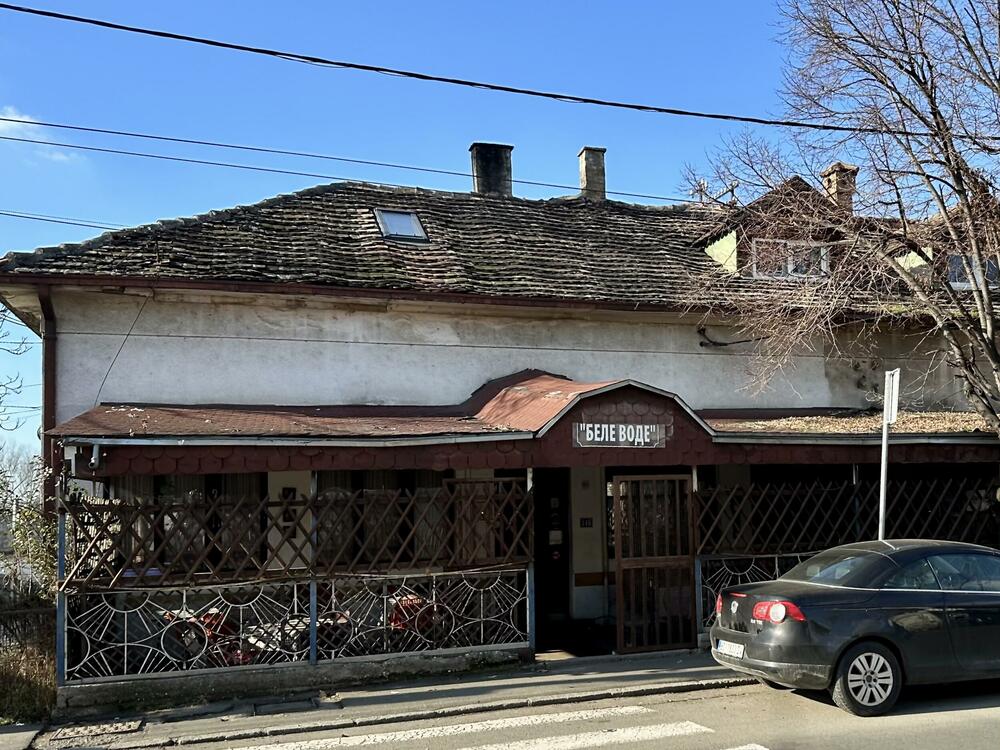
The old Žarkovo railway station used to be nearby. I read about Bele vode being a refugee area. Those who fled from the west and south due to war or some other trouble found a new home here.
White spring
Maybe I would walk like this to Železnik, if the sidewalk hadn't disappeared in one place. The football club Žarkovo has located its playground near the Makiš shunting station. You can't go further on foot.
I climb the stairs on the left side and enter Bele vode Street. It rises like a terrace over Vodovodsko.
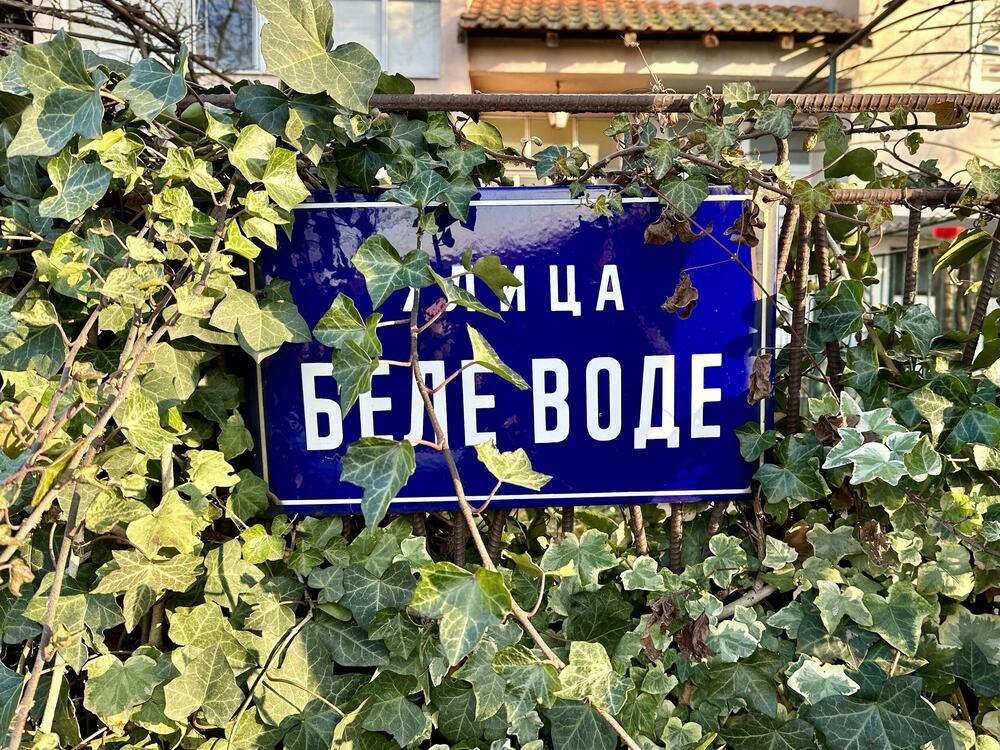
The whole area got its name from the spring that is located between these two streets. And the whole of Žarkovo was called White Spring until the 16th century. That's also the name of the street I come across that leads up to Žarkovo. According to legend, the White Waters are named after the blood of the dragon killed by the mythical Žarko. At the corner of White Water and White Spring, I have to admit that I didn't know that dragon blood is white.
Some old houses preserve the memory of the time when the whole area had an exclusively rural character. But that was a long time ago. Now the peripheral settlement remained in disarray. It's not a village anymore, but it's not what the uninitiated usually think of when someone says Belgrade.
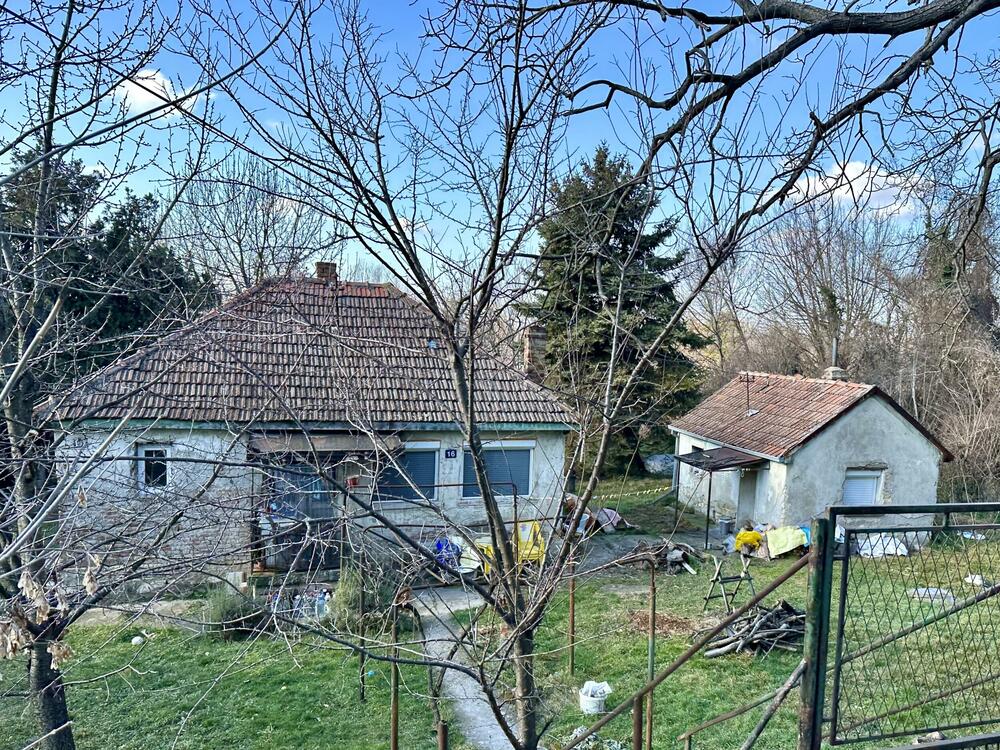
Nevertheless, this area can boast of being one of the largest parks in Belgrade. Nearby was the once famous Air Force Technical Institute, which is now part of the Military Technical Institute. Until ten years ago, the public often learned about Bele vode following the struggle of the inhabitants of the "Asbestos settlement" - it was built in the mid-sixties with asbestos components that were carcinogenic. The struggle of the residents to demolish the toxic settlement and for people to get normal housing lasted for decades and ended successfully. In fact, too late for all those who became ill by inhaling asbestos particles and died.
Walnut ice cream
I pass the Orahov lad tavern. And I decide to stop by. On the menu, I find the line: "Time has stopped here, at least for a while...". And another guest wrote in the electronic review that I am reading at the table that the cafe with checkered tablecloths is a real time machine that teleports you to the Yugoslav era.
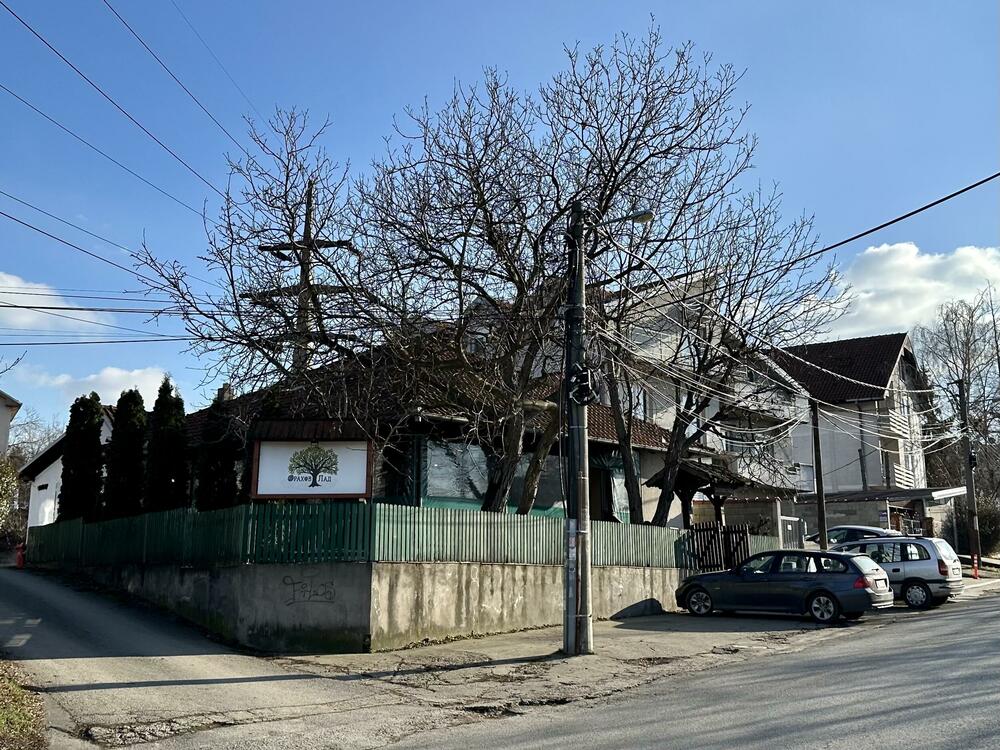
On a wooden pillar of a shelf, on it a model of a pirate sailing ship. A picture of the monastery behind me, and in the side room, opposite the bar, a large canvas with figures in national costumes.
The plum is local. Lamb stew. At the table on the right, a thin and bald man is squeezing Zaječarsko. The son-in-law went to America with the first one. Orahov lad is clearly not immune to globalization, which is sucking sons-in-law even from the remote Belgrade suburbs. The conversation is slow. So it stops. From the table in the corner you can hear: "Where are you Acko?!" The guy is making a loud phone call.
Then my phone rang. A friend from Sarajevo, the one who, when he was from Belgrade, had a girlfriend in this area. When he hears where I am, he just sighs. "An old Belgrade tavern," he says. He's telling me he's getting a divorce. I wish he was here so we could sit down and heal his pain together as befits - in a pub. Along with white waters and checkered tablecloths, from now on, thanks to this conversation, sadness over my friend's failed marriage will go in my memory depot.
Eighties reggae blares from the speakers. The waiter is completely gray and his face is motionless like that of an English lord. It tells me what's fresh. The "monk's stew" kept my attention.
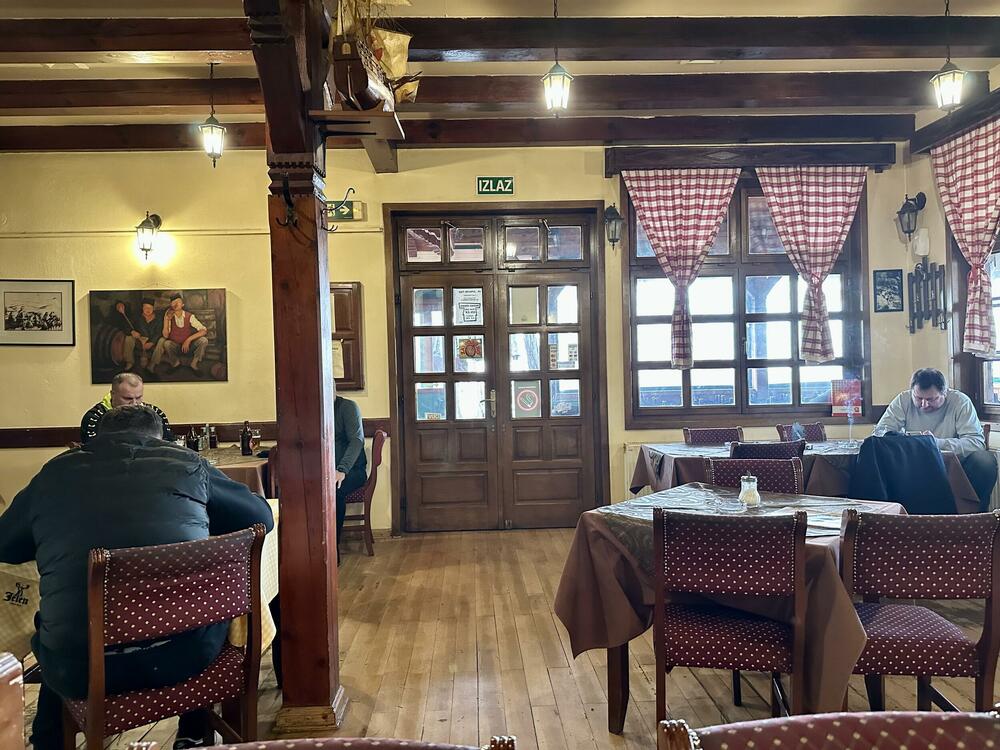
The food is excellent - the monk in the kitchen knows what he's doing. My almost empty brandy glass shows like an hourglass that time is up. I go out on a January afternoon and stand for a few moments on the veranda. I guess that's why I came here, to feel how beautiful it is at the end of the world, where Bele Voda Street curves uphill, towards another famous tavern.
Povratak
I'm going back the other way. I climb the slope towards Žarkovo. An ordinary street, decorated with a banner with the president's face and the pre-election slogan of his favorite party - Serbia must not stop.
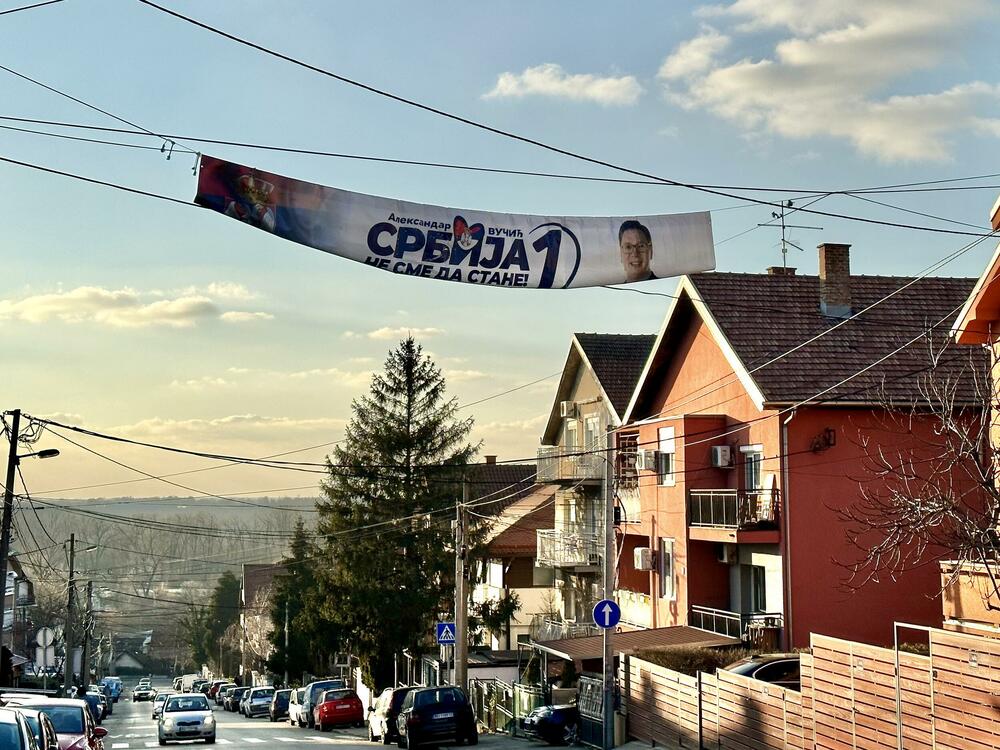
I don't know about Serbia, but I won't stop all the way to the Žarkovac cemetery.
I stop there to rest. Light spills over the black tombstones. During today's walk, I have never seen so many souls gathered anywhere. Unfortunately, they cannot tell me anything about their life in this area. We can tell the dead everything, they tell us nothing. Or we don't hear it.
Having reached Trgovacka, which with its four lanes promises more urban areas and more concrete, I turn left, towards large supermarkets and American fast food stores. My attention is drawn to a scene of human life that is impossible to find in the magazine that Air Serbia distributes to passengers. It is not in the tourist brochures. Pure marketing dissonance.
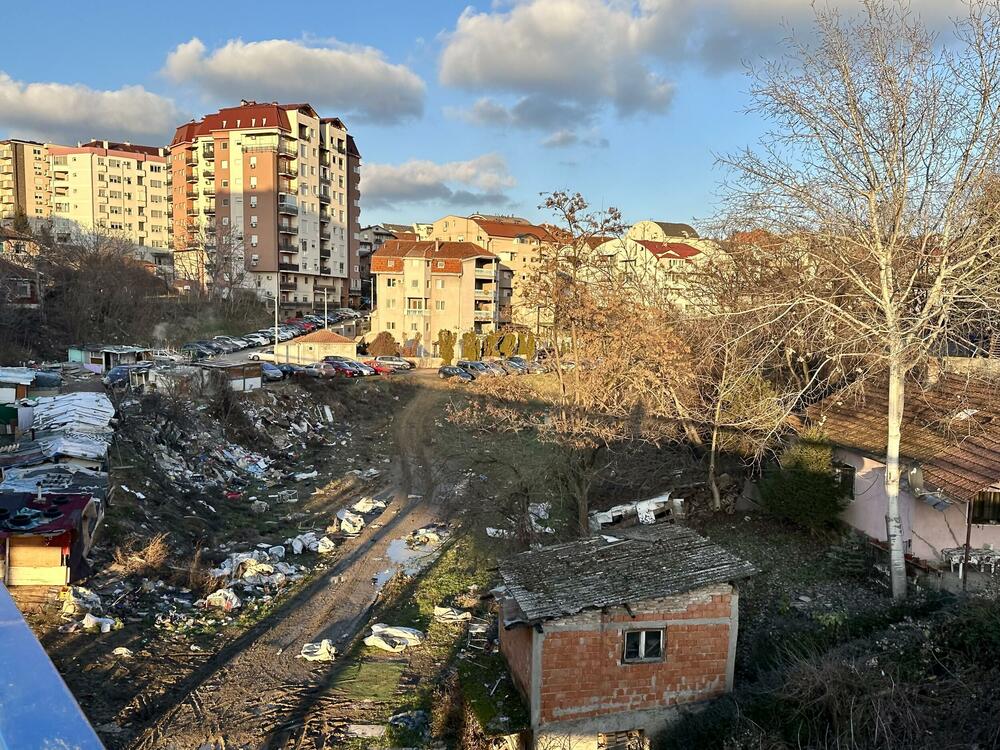
Under the bridge over the former Žarkovački stream - compressed into a tube - a wild dump and Roma udzerica nested. The golden age almost touched these people.
Above that, the sun shines on the investment buildings.
Another half hour walk awaits me to my entrance. But the end I'm walking on is no longer from this story.
Bonus video:



